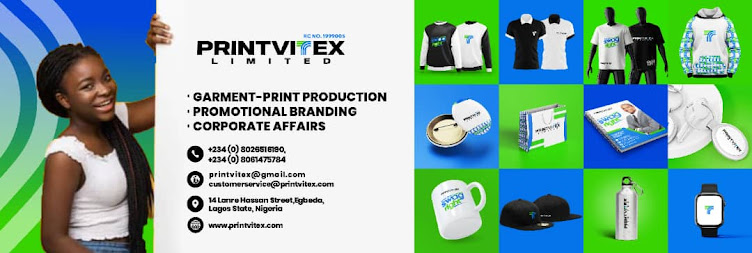Work-wear and promotional apparels are powerful tools that can influence not only the perception of a brand but also the comfort, safety, and well-being of its representatives. One of the key aspects of branded clothing is its colour, which can have a significant impact on body temperature regulation, health, safety, and other aspects of a brand representative's daily life.
In recent years, researchers have been delving into the science of colour and its effects on heat absorption and retention, with surprising findings that challenge conventional wisdom. This article explores the relationship between clothing colour and body temperature, shedding light on how colour choice can influence our comfort and well-being, especially in hot weather.
Understanding the basics of heat transfer is crucial to grasping how colour affects body temperature regulation. Heat transfer occurs in three main ways: conduction, convection, and radiation. Conduction is the transfer of heat through direct contact, like sitting on a hot surface. Convection involves the movement of heat through a fluid medium, such as air or water. Radiation is the transfer of heat through electromagnetic waves, like the heat we feel from the sun.
Colours play a crucial role in body temperature regulation, and this is especially important in work environments where comfort and safety are paramount. Dark colours, such as black, navy blue, and dark green, absorb more heat from the sun and can lead to increased body temperature and discomfort, particularly in hot weather. On the other hand, lighter colours, such as white, light yellow and pastel shades, reflect more heat and can help keep the body cooler.
Photo is culled from a publication by Mainichi Japan as described by the National Institute for Environmental Studies and described as "polo shirts are seen out in the sun during an experiment to determine differing surface temperatures depending on color. From left, the nine colors are red, white, blue, dark green, gray, black, purple, yellow, and green". For brands operating in hot climates or industries where employees are exposed to high temperatures, choosing lighter colours for their work-wear can help improve comfort and reduce the risk of heat-related illnesses. This simple choice of colour can have a significant impact on the well-being and productivity of brand representatives.
- Health and Safety: The colour of branded work wear and corporate clothing can also have implications for health and safety. For example, in industries where visibility is crucial, such as construction, roadwork, or emergency services, choosing high-visibility colors like fluorescent yellow or orange can help improve the visibility of brand representatives and reduce the risk of accidents. Similarly, in industries where cleanliness is essential, such as food service or healthcare, choosing colours that are resistant to stains and easy to clean, such as white or light blue, can help maintain a professional appearance and reduce the risk of contamination.
- Brand Perception and Identity: The colours chosen for branded work-wear and corporate clothing can also influence how a brand is perceived by customers and the public. Colours have psychological associations and can evoke specific emotions and perceptions. For example, black is often associated with authority, power, and professionalism. Wearing black uniforms might help the average Police Officers convey a sense of authority and command respect and is also less likely to show dirt and stains, which can be beneficial in the field. However, black uniforms absorb more heat, making them less comfortable in hot climates. By carefully selecting colours that align with the brand's values and image, companies can reinforce their brand identity and create a positive impression on customers. This extends beyond the physical appearance of brand representatives to how they are perceived in terms of professionalism, competence, and trustworthiness.
- Employee Morale and Productivity: The comfort and suitability of branded work-wear can also impact employee morale and productivity. Ill-fitted well, low-quality fabrics, or inappropriate choice of fabric as work wear can cause employees to feel dissatisfied and can harm their performance. On the other hand, clothing that is well-designed, comfortable, and appropriate for the job can help boost employee morale and productivity. This is particularly important in industries where employees are required to wear them as personal protective equipment or uniforms for long periods, as their comfort and well-being can have a direct impact on their performance.
Bottomline:
Understanding the science of colour and its effects on body temperature regulation can help us make informed choices about the clothing we wear and the environments we inhabit, ultimately leading to greater comfort and well-being. Also, the impact of colours in branded work-wear and corporate clothing extends beyond aesthetics to body temperature regulation, health and safety, brand perception, and employee morale and productivity. By carefully considering the colours of their branded clothing, companies can not only enhance their brand image but also improve the comfort, safety, and well-being of their brand representatives.
Thank you for reading and see you on the next issue!






.jpeg)


.jpeg)
.jpeg)
.jpeg)






